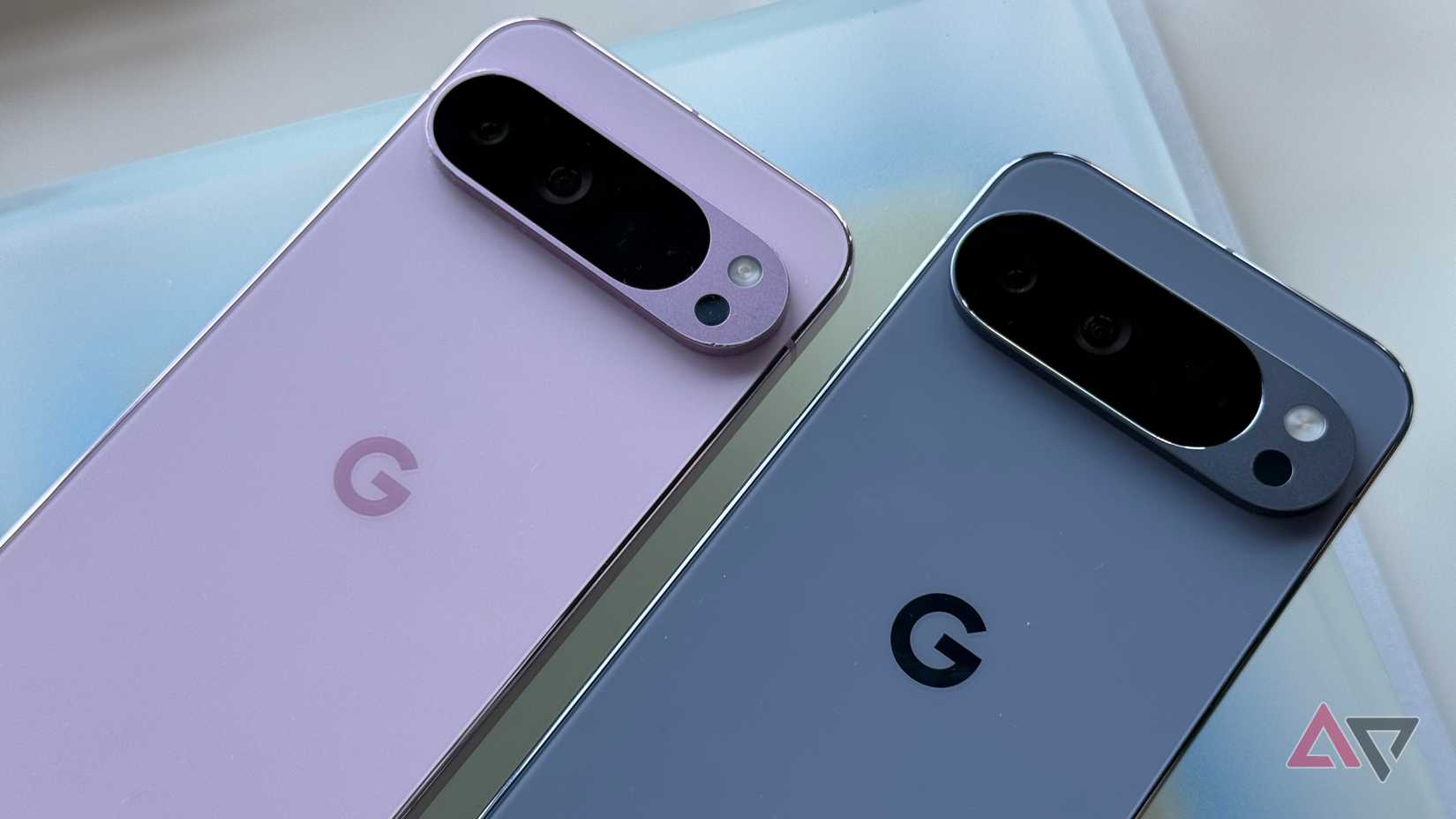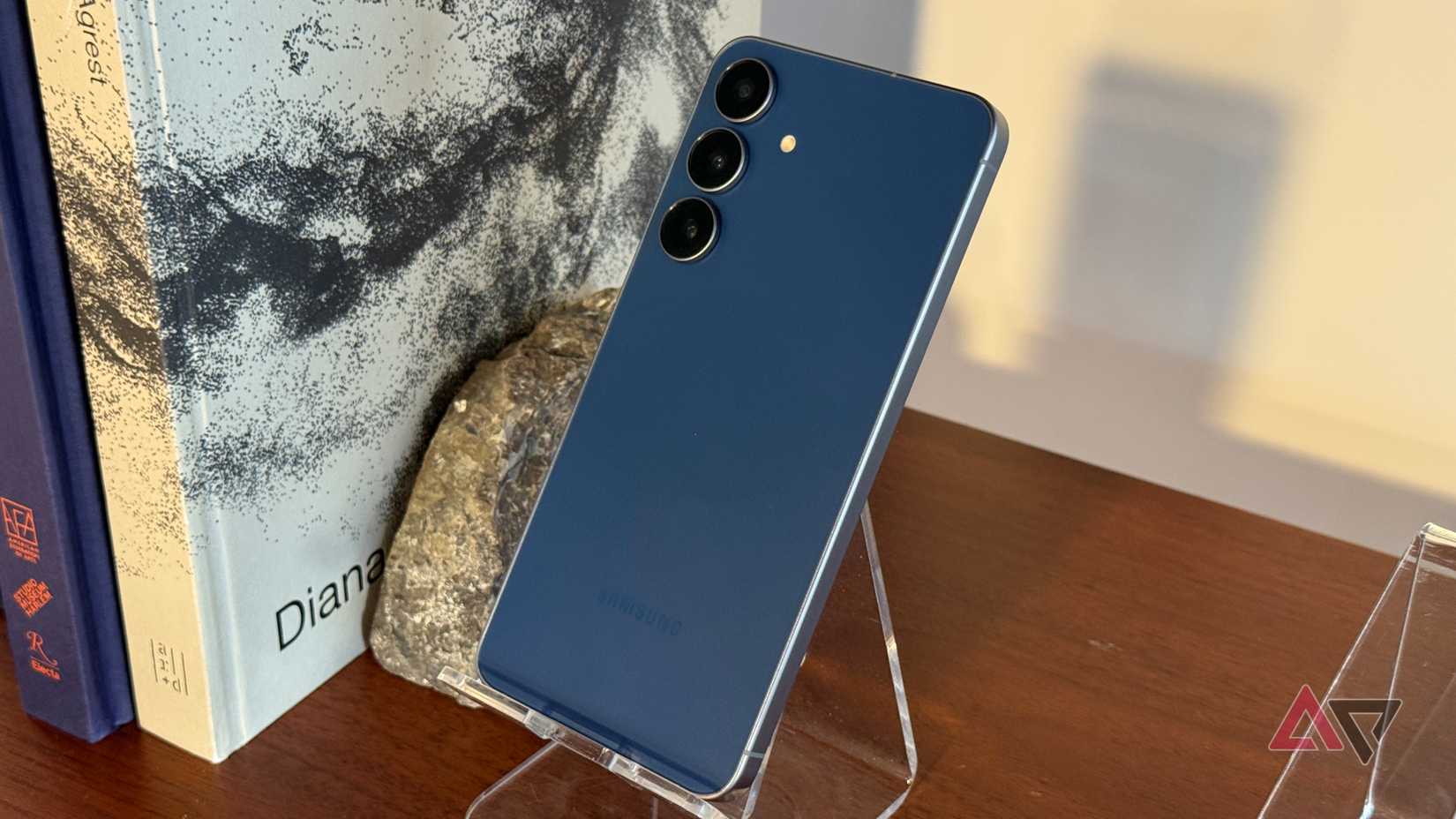When I first got a Wear OS smartwatch years ago, I used it as a glorified notification machine to complement my phone.
Over time, as the operating system became more capable and I learned how to make the most of it, I realized my smartwatch was stealing the show, from responding to notifications to tracking my morning run without touching my phone.
Fast-forward to 2025, and my Google Pixel Watch 3 has become my go-to device for everything from staying productive to keeping my fitness goals on track. My phone? It’s practically collecting dust in my pocket.
Here’s why I ditched my smartphone for these Wear OS tricks that make my life easier, faster, and frankly, a lot more fun.
The Aha! moment
Last month, while on my usual pre-office coffee and bagel run, my phone buzzed with an urgent calendar reminder. Normally, I’d fumble to unlock my phone, swipe through notifications, and pray I didn’t drop my breakfast.
However, with my Pixel Watch 3, I glanced at my wrist, tapped to confirm the meeting location on Google Maps, and replied to a colleague’s message using voice dictation. All without breaking stride.
That’s when it hit me: My Wear OS smartwatch wasn’t just a sidekick. It was running the show.
The seamless integration of Wear OS features, especially after Google’s partnership with Samsung revitalized the platform, has turned my smartwatch into a powerhouse I rely on more than my phone.
It made me rethink how I use tech. Here are the tricks I use to get the most out of my smartwatch.
Lightning-fast replies
Typing on a smartwatch sounds like a nightmare, but Wear OS’s voice dictation is a game-changer.
Whether I’m responding to a WhatsApp message or sending a quick email, I can dictate replies from my wrist. The trick? Use Google Assistant or Gemini (now supported on Wear OS as of 2025) for quick, accurate, and on-device voice processing that rivals the Apple Watch’s speed.
For the quickest results, open the notification on your Wear OS watch, tap the microphone icon, and speak clearly into the watch.
For best results, activate on-device voice typing in Settings > System > Keyboard. This reduces latency by processing speech locally, making it ideal for quick replies when you’re on the move.
On the other hand, if I had used my phone, it’d require unlocking, navigating to the app, and typing, often a multi-step process. With my watch, I’m done in seconds, and I don’t need to pull out my phone in crowded places, which feels safer and more discreet.
Custom quick settings
Wear OS’s Quick Settings panel is a lifesaver, but I was frustrated to learn you can’t customize it on stock Wear OS devices like the Pixel Watch. Samsung Galaxy Watches.
However, you can tweak Quick Settings to prioritize what you use most, like toggling Wi-Fi or turning on Do Not Disturb. I rely on this to manage my phone’s features without touching it.
If you want to customize these on a Galaxy Watch, swipe down from the home screen to access Quick Settings, then long press to reorder or add tiles like Battery Saver or Flashlight.
For Pixel Watch users, consider the SimpleWear app to control phone features, such as hotspots, from your wrist.
While Quick Settings exist on phones, handling them on my watch gives me the ability to control my phone without touching it, saving me taps and distractions that come into play each time I unlock my phone.
Google Maps navigation on your wrist
I’m terrible with directions, so Google Maps on Wear OS has become my navigation lifeline.
Whether I’m walking through a new city or biking to a friend’s house, I can view turn-by-turn directions and feel subtle haptic feedback for upcoming turns, without glancing at my phone.
To use this, open Google Maps on your Wear OS watch, start navigation from your phone, and select your watch as the output device. Enable haptic feedback in the Maps app settings for vibration cues.
For offline navigation, download maps to your phone first, as Wear OS syncs with your phone’s data.
In comparison, holding my phone while walking feels clunky, and it’s a battery drain. My watch keeps my hands free, and the haptic nudges are discreet, so I’m not staring at a screen in public.
It’s also safer not to have to unlock my phone multiple times to be sure.
Health tracking that is (somewhat) seamless
Wear OS’s health tracking has its quirks, but I’ve found ways to make it indispensable.
Using Google Fit or Fitbit on my Pixel Watch 3, I track steps, heart rate, and sleep with decent accuracy. The trick is sticking to one ecosystem (like Fitbit) to avoid data fragmentation, as health data doesn’t always transfer between brands.
It also helps alleviate accuracy issues, as you can use the data as a baseline and keep an eye on outlier situations.
To set this up, install Google Fit or Fitbit on your watch and phone, then activate continuous heart rate monitoring and sleep tracking in the app settings. For better accuracy, wear your watch snugly, about a finger’s width above your wrist bone.
If you use a Galaxy Watch, Samsung Health offers similar features with slightly better integration.
In comparison, my phone can’t track my heart rate or sleep without extra accessories, and carrying it during a run is a hassle. My watch logs everything passively, giving me insights into the day without getting in the way.
Downloading apps directly
Gone are the days of relying on your phone to install apps. Wear OS lets you browse the Google Play Store on your watch, so I can download apps like Spotify or Strava without touching my phone. Pre-installed apps like Cardiogram are also handy for quick health insights.
If you know which app you are looking for, it’s straightforward. Open the Play Store app on your Wear OS watch, search for the desired app, and tap Install. Ensure your watch is connected to Wi-Fi for faster downloads.
Check for Wear OS-optimized apps to avoid clunky experiences.
This feels futuristic and saves time. Plus, I can try new apps on the go without pulling out my phone, which is great when I’m out for a run or in a rush.
Screenshots for future reference
I often need to capture a notification or map for later reference, and Wear OS makes this effortless.
Taking a screenshot on my watch allows me to save fleeting information without scrambling for my phone. It’s one of those features that I grew to appreciate after I discovered it.
On most Wear OS watches, you must press the side button and crown simultaneously to take a screenshot. Check Settings > Gestures to activate this if it’s not working.
Screenshots sync to your phone’s gallery for easy access. It’s a simple way to stay organized without breaking my flow.
Payments on the go
Paying with my watch feels like living in the future. Wear OS’s Android Pay (now Google Wallet) lets me tap my wrist to pay for coffee or groceries, and it’s faster than digging out my phone or pulling out my wallet.
There’s a short setup process to make it easier to use in the future. Start by setting up Google Wallet on your watch via the app, then add your card, and preferably assign it to a side button via Personalization settings. Tap your watch to a payment terminal to complete transactions.
If you own a Samsung watch, using Samsung Pay is equally easy and powerful.
I now use my phone less
These Wear OS tricks transformed my smartwatch from a novelty to a necessity.
The voice dictation keeps me connected without slowing me down, Quick Settings and Google Wallet streamline my daily tasks, and health tracking gives me insights my phone can’t match.
Sure, Wear OS has its flaws — like inconsistent health data across brands and limited Quick Settings customization on non-Samsung devices — but the platform’s strengths far outweigh its weaknesses.
Last week, I left my phone at home during a weekend hike to Algonquin Provincial Park, relying entirely on my Pixel Watch 3 for navigation, music control, and emergency texts. Not once did I miss my phone.
Wear OS has turned my smartwatch into a mini-command center, and with these tricks, I’m more efficient and present in the moment.
Your comment has not been saved
- Case Material
-
Aluminum
- Case size
-
41mm; 45mm
- CPU
-
Qualcomm Snapdragon W5 with Cortex M33 co-processor
- RAM
-
2GB
The Pixel Watch 3 is bigger, brighter, smarter, and more full-featured.










